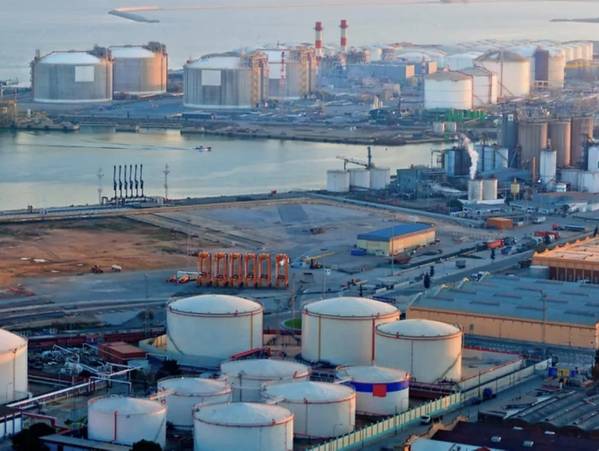
Honeywell announced that its modular liquefied natural gas (LNG) pretreatment technology and Integrated Control and Safety Systems (ICSS) will be adopted at AMIGO LNG S.A. de C.V.’s export terminal in Guaymas, Sonora, Mexico. The project, a joint venture of Texas-based Epcilon LNG LLC and Singapore-based LNG Alliance Pte Ltd., aims to optimize production and advance energy development in the region to support global energy security and emission reduction efforts.
Honeywell’s modular pretreatment technology will help ensure LNG exported from the new facility meets industry standards and specifications, while enabling faster installation and easier expansion. By removing impurities from natural gas prior to the liquefaction process, Honeywell’s technology helps extend equipment lifespan and prevent unexpected downtime, enhancing operational efficiency and reliability. The modular offering also helps reduce construction-related risks and increases speed to market.
Honeywell’s ICSS automation suite and Experion distributed control system will give AMIGO LNG enterprise-wide control of its facility and help accelerate project execution. Combined with advanced fire, gas, and surveillance safety systems, the technology will help safeguard people, equipment and the environment by detecting hazardous conditions and triggering emergency response in real time.
The AMIGO LNG terminal aligns with Mexico's “Plan Sonora” strategy, which aims to position Sonora as a strategic hub for regional energy security and global LNG trade, while boosting local economic development within Mexico. AMIGO LNG export facility is expected to begin operations in 2028 and is designed to export up to 7.8 MTPA of LNG.
Honeywell’s LNG offerings include pretreatment and liquefaction technologies along with cutting-edge automation and software technologies to help optimize the overall LNG process. Honeywell also offers modular LNG technology that can be built off-site and shipped to export facilities, helping reduce risk and expedite construction timelines to enable LNG facilities to enter operation quicker than those built with traditional construction methods.



